GROWING ARCHITECTURE
experiments in emergent materials + speculative Material futures

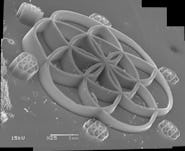
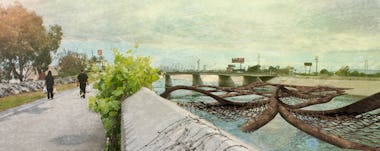
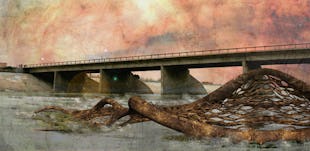
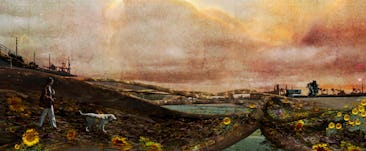
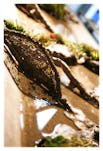
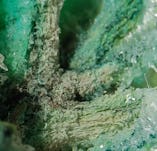
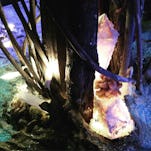
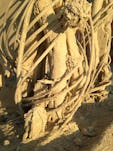
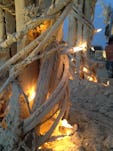
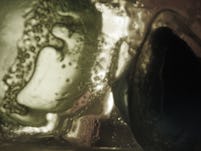


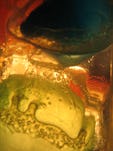

The above images are a collection of experiments over the years that explore growing material at different scales, in various forms, and with different methods for visualization, experimentation, and design speculation. The long term vision is to discover ways to grow scalable, modular structures that integrate renewable resources, environmental remediation, emergent forms and experiences, and perhaps, one day, self-assembling built environments that clean up industrial waste as they grow. What could self-assembling materials at a building or landscape scale look like? Would it look more like a termite mound....or Romanesco?
Can we control, program or guide such growth to have more specific outcomes and aesthetics? At what scale does the designed "control" need to start—at the molecular level? At a civic or environment level? And how? With DNA? With energy? Electricity? Chemistry? Water flow? A scaffold? What about the influence of any given pattern or geometry?
-
In order to surpass and evolve our present means of constructing and maintaining healthy built environments, Architecture must grow. The objective of this research is to design a self-sustaining system that absorbs life and change while the structures themselves emerge, persist or mature with time.
-
As engineered materials and advanced technologies become available, architecture will converge with other disciplines to incorporate renewable building materials, pollution collection systems and energy storage integration for urban design strategies. A water treatment plant becomes a farm becomes a memorial to how humans used to be; harvesting clean water and energy while propagating itself through time and space.
-
A speculative solution for a heavily polluted river, for example, may be one comprised of a growing scaffold that accumulates polluted matter over time. By sustaining itself with the very polluted water itself, collecting and sequestering the otherwise unwanted chemicals and metals, the system continues to grow until there is no more contaminants to collect and accumulate. At this scale, the propagating structures or scape, in turn, offers a publicly viewable form that provokes environmental awareness. Waste dumped by our very own consumer manufacturing industry fuels this bio-electrochemical reactor to propagate art + science, recreation + industrialization, in an architectural system within the flows of the river.
-
Industrial toxins, CO2 emissions and storm drain run-off become the life-force of the system’s building components. Cultivating materials, the logics of nature and an urban environment are synchronized into growing architecture.
-
Carbon nanotube (CNT) images are from 2006-2007 and was a collaborative effort with Ryan Wartena, PhD. and John Hart, PhD while at MIT's Department of Materials Science and Engineering.
Nano spectroscopy images by A. John Hart and Ryan Wartena.